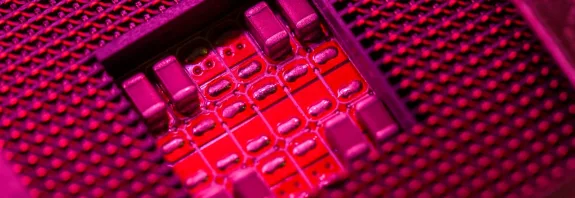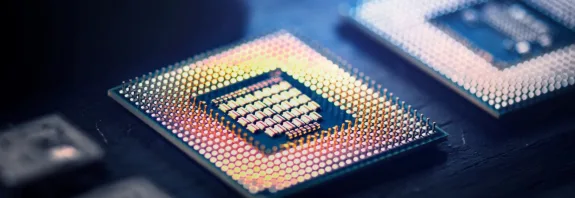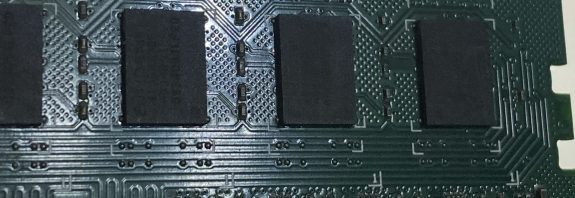What is UEFI?

What is UEFI? UEFI (Unified Extensible Firmware Interface) is a modern firmware interface for computers that replaced the traditional BIOS (Basic Input/Output System). UEFI performs the same functions as BIOS, but has advanced features. Better support for modern technologies, and is much more flexible and secure.
What is UEFI? – The history of UEFI
The history of UEFI begins in the early 2000s. When Intel began developing EFI (Extensible Firmware Interface) to replace the outdated BIOS, which first appeared in the IBM PC in 1981. BIOS had limited capabilities and did not meet the requirements of modern computers. In particular, due to problems with supporting new types of devices and technologies, such as large hard drives and advanced power management.
In 2005, the UEFI Forum was founded, which united the efforts of various hardware and software manufacturers to create a single standard. UEFI was introduced as an improved version of EFI with more features and support for more platforms.
Basic functions of UEFI
UEFI performs several key functions:
Hardware initialization. When you turn on the computer, UEFI checks all the main components of the system (processor, memory, drives, etc.) and prepares them for work.
Loading the operating system. UEFI is responsible for finding and loading the operating system from the media (hard disk, SSD, USB, etc.) and transfers control to it.
System configuration. UEFI allows the user to configure various computer settings such as boot order, processor settings, storage device settings, etc.
Security. UEFI has built-in security features such as Secure Boot, which verifies the signature of digital certificates of bootable programs, helping to protect the system from downloading malicious software.
Advantages of UEFI over BIOS
Support for large hard drives. UEFI supports hard drives larger than 2 TB. Which was not possible with BIOS due to limitations in using the MBR (Master Boot Record) partition table.
Graphical interface. Unlike the BIOS text interface, UEFI can use a graphical interface, which makes system setup more convenient and intuitive.
Faster download process. UEFI provides faster system startup as it is optimized for modern components such as SSD.
Increased security. UEFI has security features, such as Secure Boot. That help protect the system from malicious programs that are loaded when the computer starts up.
Modularity and extensibility. UEFI is built on a modular architecture that allows computer manufacturers and application developers to more easily integrate new features and updates.
UEFI and Secure Boot
One of the most significant features of UEFI is Secure Boot. This is a technology that helps prevent unauthorized software from loading during computer startup. Secure Boot verifies the digital signatures of all boot components and allows booting of only those with a trusted signature. This greatly reduces the risk of attacks such as rootkits that can affect system boot.
UEFI today
Today, UEFI is the standard for most modern computers. Newer operating systems, including Windows, Linux, and macOS, support UEFI and actively use its features to improve performance, security, and user experience. UEFI continues to develop, responding to the challenges of modern technologies, such as support for new types of memory, fast data storage interfaces and other innovations.
Conclusion
What is UEFI? UEFI is an evolutionary step in the development of computer infrastructure. Which allows you to solve tasks that were impossible for the traditional BIOS. Due to its advanced functionality, increased security and ease of use, UEFI has become an important component of modern PCs, ensuring stable and secure system operation.









